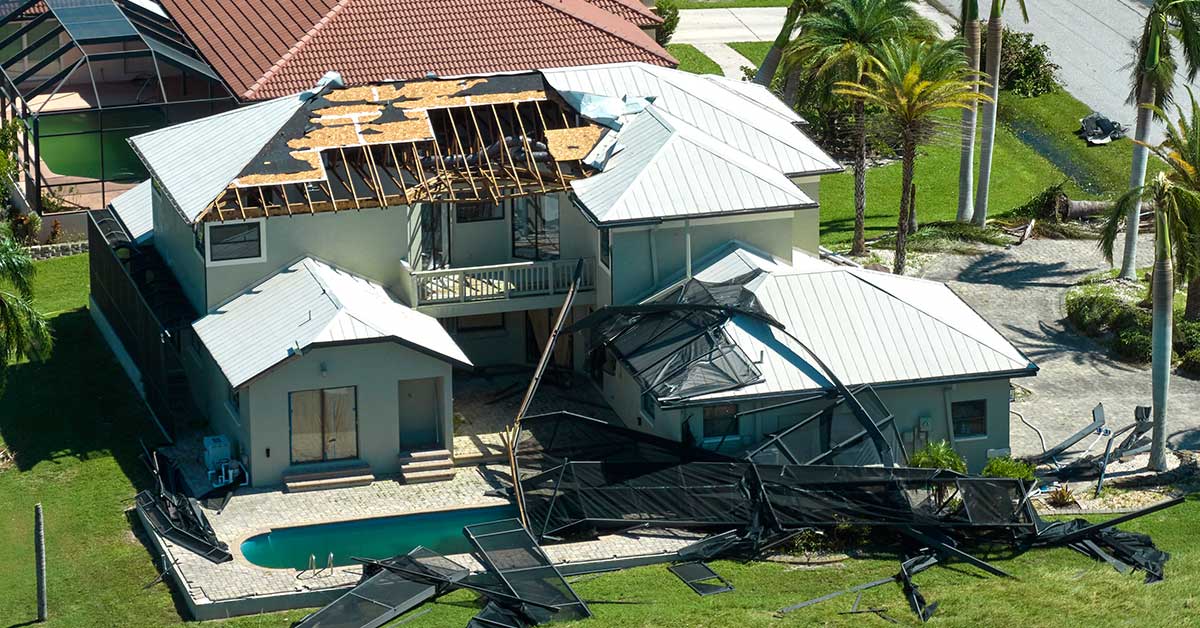Five Ways to Reinforce Your Roof Before Hurricane Season
Everyone in Florida has to consider hurricane season, often even further inland than most people would assume. The high-speed winds and resultant roof damage surely will, even if the driving rains and flying tree limbs never reach your roof. Hurricanes are not to be taken lightly, whether your plans are just to guard your house […]

Five Ways to Reinforce Your Roof Before Hurricane Season
Everyone in Florida has to consider hurricane season, often even further inland than most people would assume. The high-speed winds and resultant roof damage surely will, even if the driving rains and flying tree limbs never reach your roof. Hurricanes are not to be taken lightly, whether your plans are just to guard your house from the inland aftermath or you will be waiting out another historically violent storm. Particularly with reference to your roof.
The greatest thing you can do now before those tropical winds build up is to secure your roof immediately if you think there is a danger the next cycle of hurricanes could take your roof or cause major damage, leading to a full replacement. These ideas will help you get going or what to ask your neighborhood roofing company.
1) Nail Down Loose Shingles
Shingles are not all exactly uniform. Every shingle has a different life that can either remain steady or blow away like confetti at a children’s birthday party, even if they were manufactured the same and placed on the same roof. Ensuring every shingle is nailed down correctly and that no weak shingles remain in place before the major storm will help you to hang onto your shings. Loose or non-securely nailed shingles should be re-nailed or totally replaced with a new shingle.
2) Roofing Cement on Shingles
If a shingle is still in good condition and you’re still concerned about it coming up but it doesn’t need a new nail, a line of roofing cement around the edge should hold it far more tightly. Cover most of your roof with the roofing cement to maintain a strong hold on whatever shingle you designate.
3) Construction Adhesive on Rafters and Trusses
In line with this, you should check your rafters and/or trusses to ensure they remain on when the fast-flying tree branches land on your roof. When the home is under the most strain, a bead of building glue on the rafters and trusses where they join with the roof deck will help everything hold together.
4) Reinforce Your Flashing
Since flashing keeps the rain out, in a hurricane, you naturally want to ensure your flashing is in good shape and effective. Where a roof feature like a chimney, window, or vent crosses the weatherproofing of the roof, flashing is visible as metal sheathing. If there are cracks or it appears to be rotting, get a professional to patch, reinforce, reseal, or replace your flashing to keep you safe and dry during the next hurricane.
5) Hurricane Clips or Tie-Downs
At last, there are tie-downs—also called hurricane clips—should you be concerned that your roof might suffer damage and fly away. These carefully twisted metal sheets link to the beams of your roof and the tops of the walls so that the overhang cannot be grabbed and your house cannot be simply turned off like opening a canister of small M&Ms.
Although most roof preparation chores may be done at home, getting your roof totally sealed for hurricane season requires more than nailing down a few loose shingles. We strongly advise getting a professional inspection and NJ roofers to examine your present roof condition closely and provide recommendations for reinforcement for your upcoming storm season.
